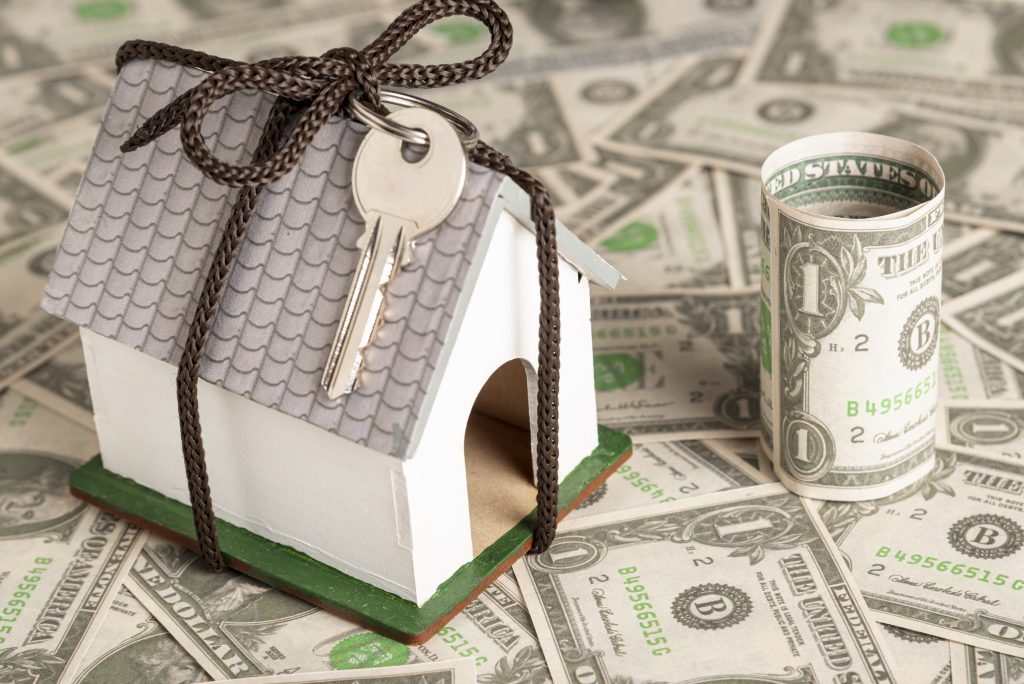In real estate, cycles are inevitable. Markets heat up, cool down, and then, in time, reset. What we’re witnessing right now across the U.S. housing landscape is one of those pivotal moments—a collective pause driven by a convergence of economic pressure and shifting consumer confidence.
The frenzy of 2021 and 2022—defined by multiple offers, above-ask sales, and instant closings—is gone. What’s emerged in its place is a more cautious, fragmented, and inventory-rich environment. And that’s not necessarily a bad thing—if we learn how to navigate it.
Inventory Grows, Urgency Declines
One of the core shifts is supply. Active listings rose 14.1% year-over-year, hitting a five-year high. In markets like Florida and Texas, listings have ballooned, and the once-tight inventory narrative has been turned on its head. Buyers now have options—and time.
But with more choices comes a new kind of paralysis. Buyers are skittish. Mortgage rates remain stubbornly high. Global uncertainty, tariff fears, and inflationary pressures are adding to the hesitation. People aren’t rushing to bid against one another—they’re waiting to see where prices land.
The Price Disconnect: Expectations vs. Reality
One of the most glaring challenges in today’s market is the disconnect between sellers’ expectations and buyer sentiment. Many sellers—especially those who bought at or near the market peak—are clinging to price points that simply don’t reflect current conditions.
According to Redfin, only 27% of buyers paid above list price in March, the lowest March figure since 2020. Sellers who continue to hold out for bidding wars or 2022-level valuations are finding themselves stuck. And in a market with ample supply, pricing becomes everything.
As Redfin agent Alicia Grifaldo aptly put it, “Sellers are competing with one another, and buyers are sparse, so pricing your listing reasonably is everything right now.”
A Shift in Power — But Also in Strategy
At Duke Properties, we’ve always emphasized the importance of adapting to market realities. The tools and tactics that worked during the post-pandemic housing surge no longer apply. Today’s sellers must embrace accurate pricing, invest in smart staging, and focus on differentiation.
Buyers, meanwhile, are gaining leverage—but they’re also more selective. The days of compromising on key features just to win a deal are gone. Now, it’s about value, condition, and confidence. Homes that are turnkey, well-located, and realistically priced will still sell—often quickly. But those that don’t meet expectations? They linger.
Sellers Must Adapt: Regional Differences Still Matter
It’s important to note that not every market is reacting the same way. While the national trend shows a broad slowdown, 17 of the 50 largest metros still saw homes sell within two weeks in Q1. That tells us local dynamics, employment trends, and affordability still shape outcomes.
As always, real estate is hyper-local. The national headlines provide a useful lens, but the real story is what’s happening block by block, town by town. Sellers and investors need to pay attention to micro-markets more than ever.
Looking Ahead: The Case for Recalibration
Where does the market go from here? Much depends on whether sellers are willing to adjust. As Redfin Senior Economist Elijah de la Campa noted, “If sellers don’t lower their price expectations, home sales may slow even more in the coming months.”
That’s a sobering but important truth. The market is no longer about squeezing the last dollar out of every listing—it’s about finding alignment between value and demand.
We’re entering a new era of normalized housing. That means more negotiation, longer timelines, and fewer fireworks. But it also means more stability, more thoughtfulness, and—eventually—a healthier market.
Final Thoughts
At Duke Properties, we see this moment not as a downturn, but as an inflection point. The U.S. housing market is adjusting to a new normal—one that demands realism, responsiveness, and resilience.
For sellers, the message is clear: price to the market you’re in, not the one you remember. For buyers, the window of opportunity is opening—but it won’t stay open forever. And for all of us in the industry, the focus must shift from hype to fundamentals.
The race may have slowed, but the journey is far from over.
— Albert Dweck
Founder & CEO, Duke Properties
